
All categories
Featured selections
Trade Assurance
Buyer Central
Help Center
Get the app
Become a supplier

(2063 products available)













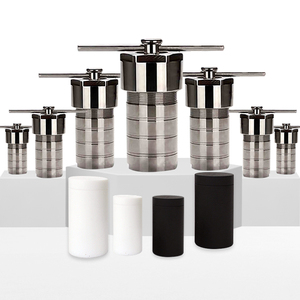
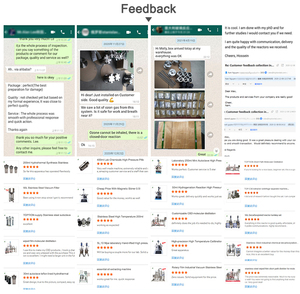

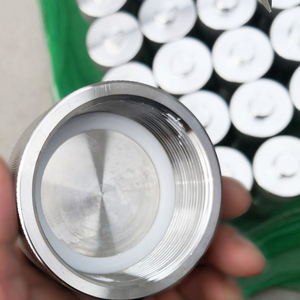
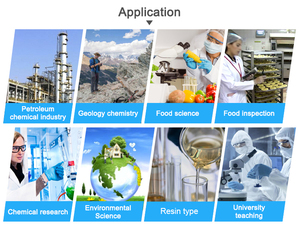
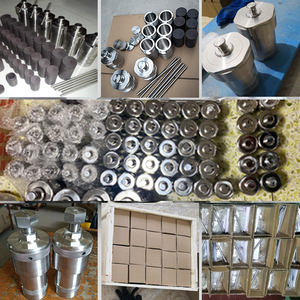


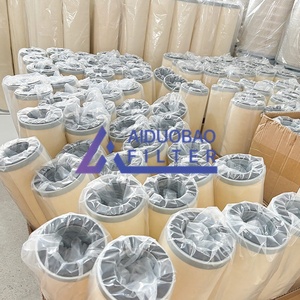
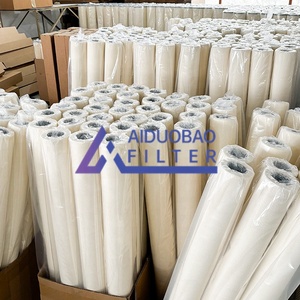
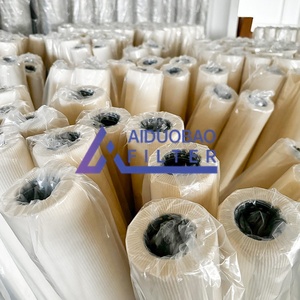

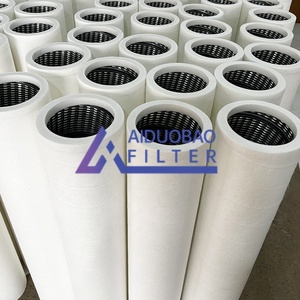


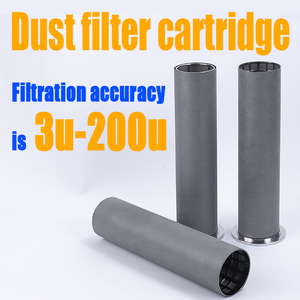
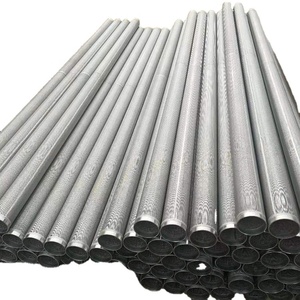
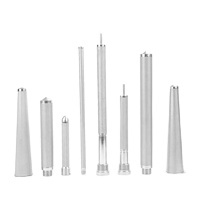

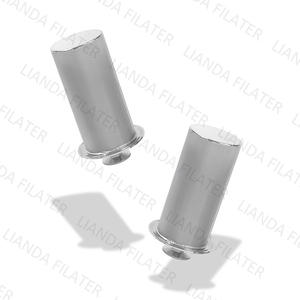

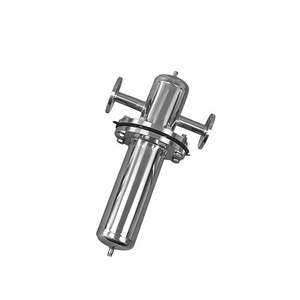
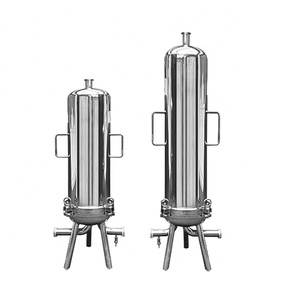
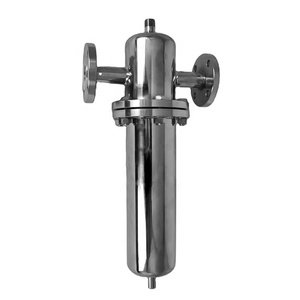
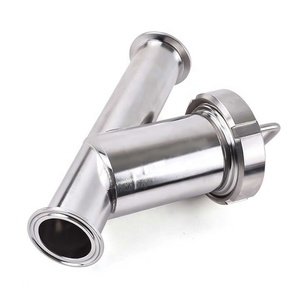
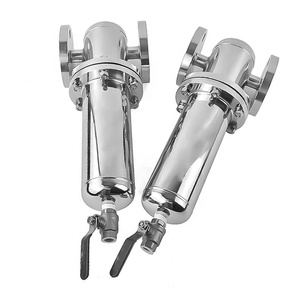

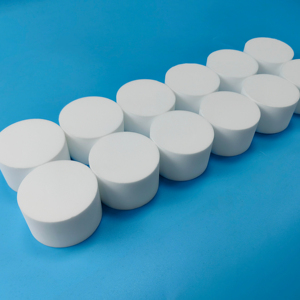
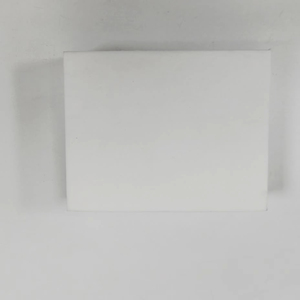

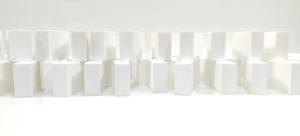


![[TS Filter] 0.2 0.45 1 5 Micron Titanium Sintered Filter Cartridge for Beer/Wine/<strong>Gas</strong>/Steam with <strong>High</strong> <strong>Temperature</strong> and Pressure](http://s.alicdn.com/@sc04/kf/H7f0fe640f7b74fa282463c34bb1898592.jpg_300x300.jpg)
![[TS Filter] 0.2 0.45 1 5 Micron Titanium Sintered Filter Cartridge for Beer/Wine/<strong>Gas</strong>/Steam with <strong>High</strong> <strong>Temperature</strong> and Pressure](http://s.alicdn.com/@sc04/kf/H69f9a4f95b5944aca0827119a2e4ac1dk.jpg_300x300.jpg)
![[TS Filter] 0.2 0.45 1 5 Micron Titanium Sintered Filter Cartridge for Beer/Wine/<strong>Gas</strong>/Steam with <strong>High</strong> <strong>Temperature</strong> and Pressure](http://s.alicdn.com/@sc04/kf/Hd9d22cf0367045f29fcfe793031929255.jpg_300x300.jpg)
![[TS Filter] 0.2 0.45 1 5 Micron Titanium Sintered Filter Cartridge for Beer/Wine/<strong>Gas</strong>/Steam with <strong>High</strong> <strong>Temperature</strong> and Pressure](http://s.alicdn.com/@sc04/kf/H9ad4deba4f104dbd808a02de0e025c405.jpg_300x300.jpg)
![[TS Filter] 0.2 0.45 1 5 Micron Titanium Sintered Filter Cartridge for Beer/Wine/<strong>Gas</strong>/Steam with <strong>High</strong> <strong>Temperature</strong> and Pressure](http://s.alicdn.com/@sc04/kf/H670b2e815776423eb36edfac509663563.jpg_300x300.jpg)
![[TS Filter] 0.2 0.45 1 5 Micron Titanium Sintered Filter Cartridge for Beer/Wine/<strong>Gas</strong>/Steam with <strong>High</strong> <strong>Temperature</strong> and Pressure](http://s.alicdn.com/@sc04/kf/Hf40a308c24384c468f62eb61e8bc3134m.jpg_300x300.jpg)
High-temperature gas filtration comes in various types. Here’s a breakdown of the main kinds:
These are fabric filters that collect particulate matter from gas streams in industries. Users mount them in filter chambers where gas passes through fabric bags, capturing dust while letting clean gas exit. Baghouse filters can handle up to 260°C of gas temperature. They work well for filtering in cement plants, metal refineries, and power plants.
These are devices that use spinning motions to separate larger particles from gas. The gas swirls inside the cyclone, and heavy particles drop out while cleaner gas rises. Cyclones are simple and can work at high temperatures without any special materials. They are good for removing larger dust particles in industries like mining and grain processing.
ESPs are equipment that uses electricity to capture tiny particles from industrial gases. They apply positive and negative charges to particulate matter, which forces the particles to stick to collecting plates. ESPs can handle high gas temperatures up to 350°C. They are useful for capturing fine dust in power plants, steel mills, and chemical production.
These filters use ceramics to block and capture particles from gas. They resist very high temperatures, even over 1000°C, making them ideal for high-heat processes. Ceramic filters can filter smoke from incinerators or gases in metal furnaces. They may face issues with soot buildup, requiring periodic cleaning.
These filters use special materials that let only certain gas molecules pass through while trapping liquid or solid contaminants. In high-temperature gas filtration, membrane filters can separate vapors or ultrafine particles from heated gases. They provide highly purified gas but are less common due to cost and durability at extreme temperatures.
High-temperature gas filtration has extensive industrial applications. Here’s a closer look:
In cement kilns, baghouse filters control dust emissions and recover raw material particles. This prevents pollution and complies with emission regulations. It also improves energy efficiency by recycling captured materials back into the kiln process. Cyclones are also used before baghouses to remove larger dust particles from the exhaust gas.
In metal smelting and refining, electrostatic precipitators (ESPs) capture toxic metal fumes and particulate matter released during high-temperature processes, such as the production of steel, lead, or copper alloys. High-temperature gas filtration prevents air pollution and protects worker health while recovering valuable metal-containing dusts.
Coal-fired power plants use baghouse filters and ESPs to control fly ash emissions in the flue gas. This captures fine ash particles before they escape into the atmosphere. Gasification and other power generation methods may also use high-temperature filters to purify gases for reuse and reduce pollutants.
High-temperature gas filtration controls emissions from chemical production processes, such as petrochemical refining and ammonia synthesis. In these applications, baghouse filters and ceramic filters capture toxic vapors and particulate matter to prevent environmental release, comply with regulations, and reduce worker exposure.
Incinerators for hazardous and municipal waste use ESPs and bag filters to capture dioxins, heavy metals, and toxic dust released from burning waste. This protects the environment and public health while allowing waste to be converted into energy safely.
In pharmaceutical manufacturing, high-temperature gas filters purify air and gas used in production. This ensures gas used to manufacture drugs is clean and safe. It also captures fine powders that may create explosions or contaminate the environment.
Removes Particles
The filter captures dust and soot from gases produced by factories. It cleans up what is released into the air.
Works in Extreme Heat
The filter operates effectively at very high temperatures, up to 1000°C. It keeps working in hot conditions.
Handles Large Volumes
The filtration system can process massive amounts of gas every hour, often reaching thousands of cubic meters. This makes it suitable for industrial use.
Durable Design
The materials provide resistance to high temperatures and wear, giving long-term reliable performance.
Increases Efficiency
By collecting particles, it boosts recovery of raw materials and energy, helping to recycle what is used in the processes.
Protects Equipment
Filtering the gas before release protects downstream equipment like turbines, helping them last longer and run better.
Saves on Operations
The reduction of emissions allows companies to avoid expensive pollution control costs and potential fines.
Site Assessment
A specialist evaluates the location for gas filtration in high-temperature areas of industrial plants.
Selection and Sizing
Based on the needs, they choose the right high-temperature gas filter type, like baghouses or cyclones, and size it properly for the gas volume.
Mounting
When installed, the filter connects to the gas ductwork with secured supports that hold it steadily in place amid the heat and airflow.
Initial Setup
Sensors and monitors are set up to track key data on gas temperature, pressure, and emissions from the particle filter.
Trial Run
A test run is performed for the filtration system to identify any issues with emissions or operating parameters.
Ongoing Maintenance
Regular checks ensure long-lasting effectiveness, involving cleaning, part replacements, and monitoring emissions and filter conditions.
Regular Inspections
The specialist does frequent checks of the filter system and key components for wear or damage.
Cleansing
They carefully clean the filter media using the recommended filter cleaning methods to remove captured dust.
Filter Replacement
They swap in new filter elements as needed when the old ones become worn or saturated with particles.
Dampers Maintenance
Filters dampers and fans are inspected and serviced to ensure they are working well and controlling airflow properly.
Repairs
Specialists perform necessary repairs to damaged components and replace worn parts to keep the system working effectively.
Lubrication
Moving parts, such as fans and dampers, are lubricated regularly to ensure smooth operation.
Monitoring Performance
Specialists review key metrics on emissions, pressure drop, and gas flow to identify potential problems early.
High-temperature gas filtration has essential quality and safety requirements. Here’s a breakdown:
These systems require special filters made from strong materials like ceramic or metal fabric. These filter cartridges hold up against extreme heat while capturing dangerous particles effectively.
Gas filtration systems provide protection against any liquids, especially condensing vapors. Measures are taken to prevent any water or acid mist from reaching the filters, which could damage them.
They actively measure gas temperatures and pressures to avoid any dangerous situations. Automatic control systems help maintain safe levels by shutting down if needed. Monitoring devices record important data for later review.
Dust accumulation on filters can risk explosion. To prevent this, people manage any buildup through regular cleaning and maintenance. Filter cleaners may shake or pulse them to remove trapped dust. Proper explosion-proof enclosures help contain any chance of ignition.
Following correct installation practices is important for safety and quality. Strong supports hold filters in place to avoid falls. Seals ensure no unfiltered gas escapes. Regular checks on bolts and seals help catch issues early.
Printed circuit board(PCBs) pose hazardous waste. Its safe removal and disposal follow laws and guidelines. Dust collectors and baghouses contain particles for transport without risk of exposure.
Consistent upkeep ensures systems work safely. Regular inspections catch worn parts or signs of failure. Lubrication keeps moving areas smooth. OEM replacement parts should be used to match the original exactly.
Workers receive training on how to safely work with high-temperature gas filters and understand hazards. Specialized manuals provide detailed information on handling and operating these gas filter devices.
A1: By capturing pollutants, gas filtration prevents them from entering the air and harming ecosystems, communities, and living organisms. The reduction of hazardous emissions, such as particulate matter, heavy metals, and toxic gases, directly benefits public health.
A2: With proper maintenance, many filters can last between 2 to 5 years or longer. Regular inspections, cleaning, and part replacement extend their lifespan. Factors like gas composition and particle load affect wear and tear.
A3: Cyclones use spinning motion to separate larger particles, while electrostatic precipitators apply electric charges to capture finer particles. Cyclones are better for bigger dust. On the other hand, ESPs handle smaller soot and smoke particles.
A4: Common maintenance tasks include cleaning filter media, replacing worn parts, inspecting components, lubricating moving parts, and monitoring performance. Regular checks prevent downtime and ensure efficient operation.
A5: Yes, when properly installed, monitored, and maintained, high-temperature gas filters operate safely. Following manufacturer guidelines and industry standards ensures reliable, risk-free performance even under harsh conditions.